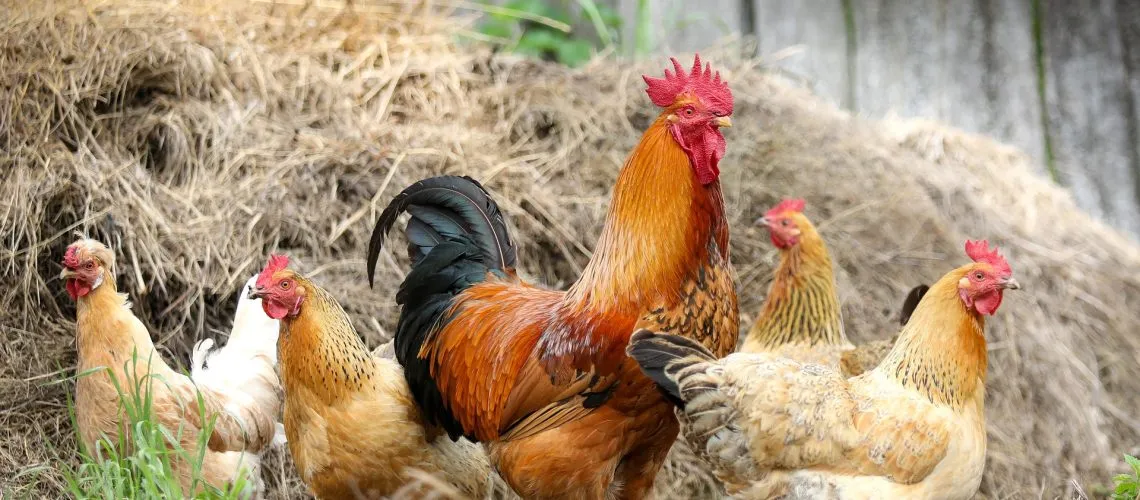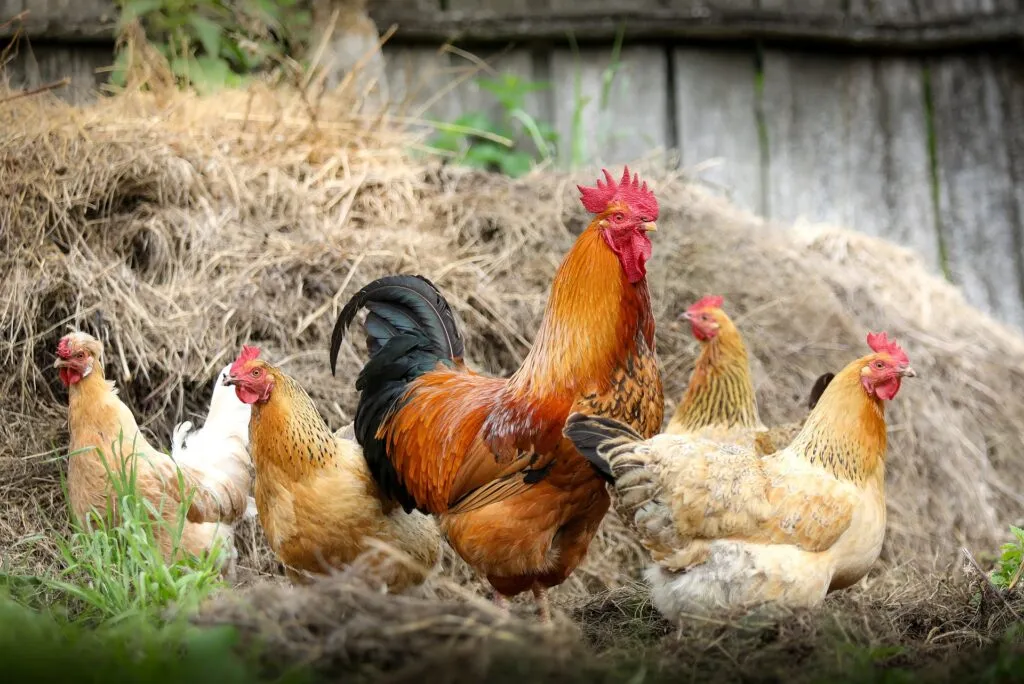Avian Flu has been quite busy the last three years, leaving a trail of human and animal suffering as it’s spread around the world. The virus, which is different than the kind of flu that typically infects people, has killed hundreds of millions of poultry birds since 2022. Recurring outbreaks contributed to skyrocketing egg and poultry prices last year and threatened the livelihoods of farmers. The virus owes its name to the fact that historically, it has mainly affected birds. What’s concerning scientists, is that for the first time, it has spread, with relative ease, to various mammals, including foxes, goats, sea lions, seals, polar bears, and cats. This week a man in Texas became the second person in the US to become infected with the virus in the past two years. The individual infected was working directly with a dairy cow and he experienced only mild symptoms. The short-term health threat of bird flu to humans remains very low.
However, as long as the Avian flu continues to circulate in mammals, it poses a danger. Influenza viruses evolve at lightning speed and sometimes in surprising ways. Ongoing outbreaks, like what’s happening now, give the virus ample opportunities to share genetic material and recombine with other strains to mutate. Given enough time, these mutations can allow the virus to adapt, and become much more dangerous to people. Factory farming, which remains very common in the US, has helped fuel this problem. Experts warn that the threat of viruses from agriculture will persist unless we improve the way farm animals.


